Explore the solution
How San Francisco Reduced Overflowing Waste by 80% with Smart Sensors
News
Smart cities
Smart energy systems
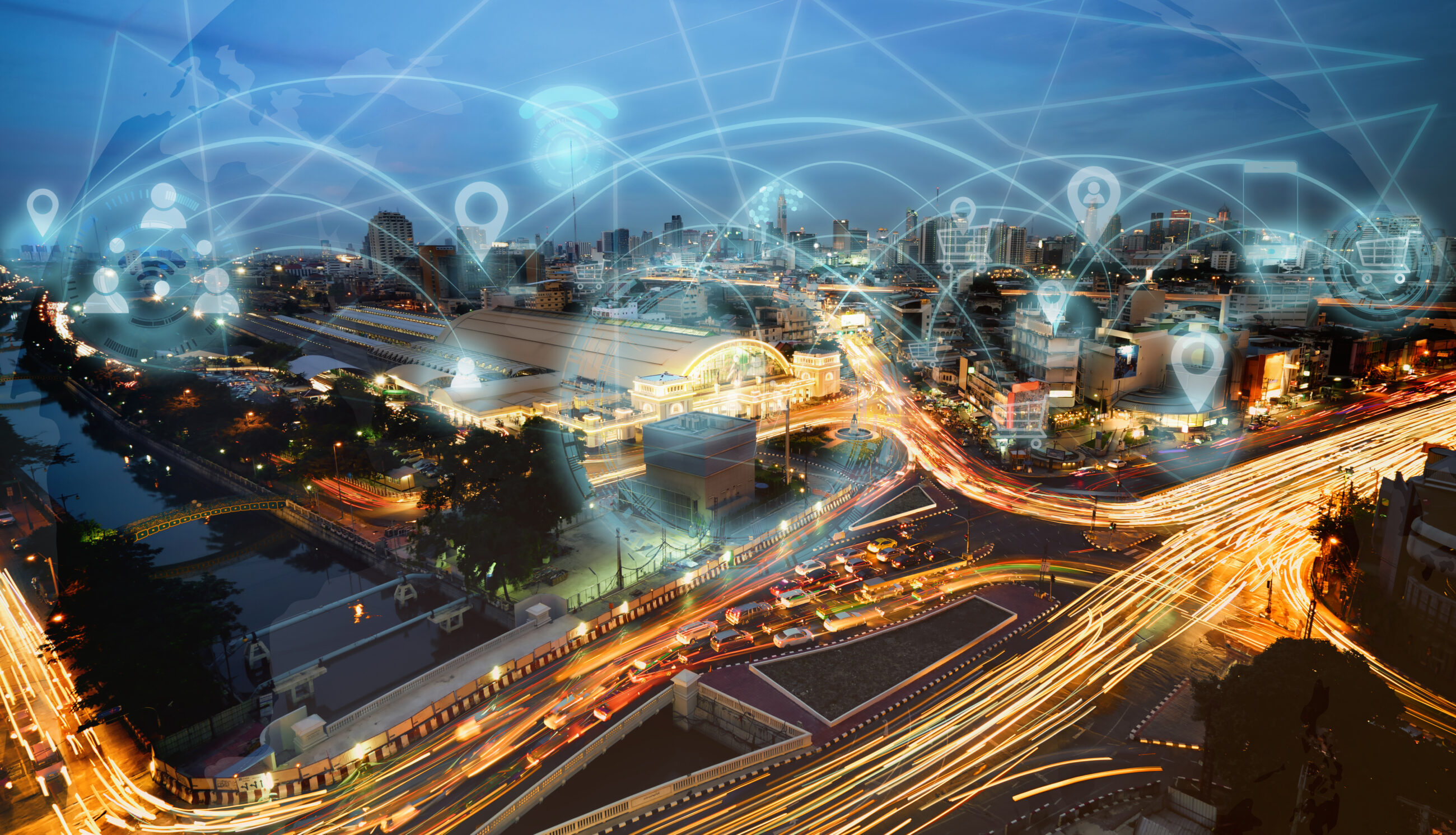

As the amount of available data increases and can be generated in real-time, it can be used for much more than billing customers. Therefore, nine independent electricity, heat and water companies in Jutland, Denmark, joined forces to create a common data platform that allows technicians to use big data to optimise operations and maintenance of the infrastructure.
The new data platform makes it possible to operate the networks for electricity, heating and water with the least possible loss. It also improves the maintenance of the infrastructure. Another unique feature of the solution is that data is presented for all types of consumption on the same platform, even though water, heating and electricity are supplied by different utilities. This service increases customer awareness about their consumption patterns and provides insights on how to improve them.
Solution Providers: MV Group (Thy-Mors Energi, Struer Forsyningen, RAH, MES Brande, Grindsted el, vand og varmeforsyning, Ringkøbing Fjernvarme, Ringkøbing-Skjern Forsyning, Ikast Værkerne, Jysk Energi), Kamstrup
The City of San Francisco has been struggling with growing cleaning costs and 10.000 public complaints about dirty and unsanitary streets every year. The Department of Public Works needed a solution to address citizen complaints and provide people with a cleaner city experience.
Nordsense was brought onboard to help the city mitigate overflowing waste containers, optimise the placement of bins, and improve collection routes. Sensors were initially installed in 48 of the city’s 3.800 public street bins. Thanks to this solution, San Francisco improved cleanliness on the city’s streets and is now empowered to deploy resources more strategically. During the pilot project, the city used data to achieve:
After the highly successful pilot project, the city agreed to extend the smart sensor solutions to over 1.000 trash cans within the city area.
Solution Provider: Nordsense
How San Francisco Reduced Overflowing Waste by 80% with Smart Sensors
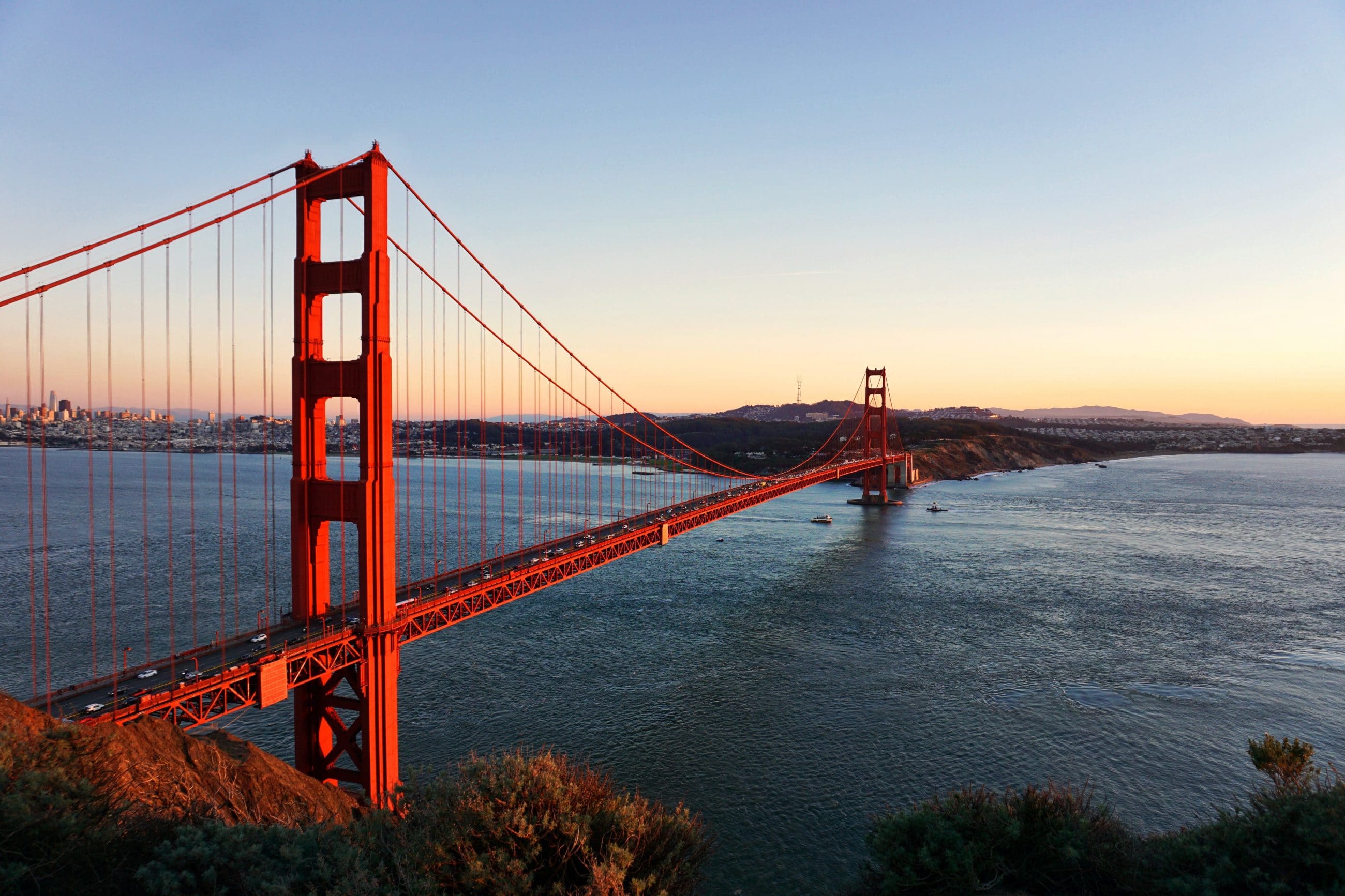
Health problems related to bad air quality have become one of the biggest global expenses. Research shows that 80 percent of the population worldwide is exposed to pollution levels higher than recommended, where pollution from traffic is a major contributor. Today, traffic signals in Copenhagen are set to reduce travel time for the citizens, but a new project is focusing on guiding the regulation of signals according to what causes the least air pollution. The purpose of the experiment is to generate new knowledge about data-driven traffic management in relation to air quality.
In the future, this could lead to ways of improving air quality in cities through changes in traffic management. During the testing period, two similar intersections in Copenhagen will be monitored, gathering information about air quality and traffic counting. The data is combined with external environmental data on traffic speeds to create deeper insights into the connection between traffic regulation and air pollution and understand the health benefits that can be derived from environmentally focused traffic management.
Solution Providers: Leapcraft, Copenhagen Solutions Lab, Technical University of Denmark, Citelum, OrganiCity
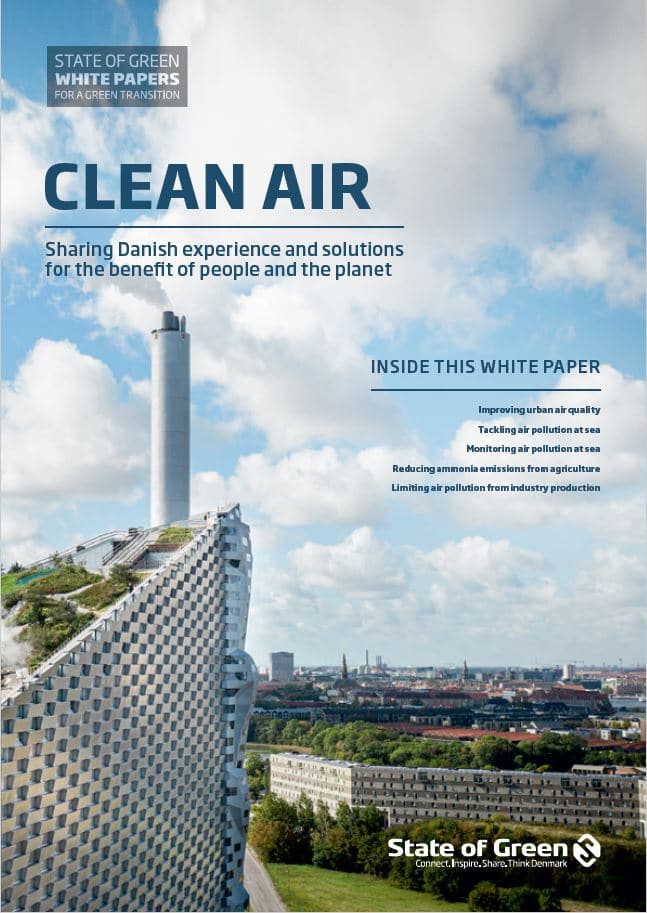
In the capital region of Demark, they listen carefully to their water distribution networks. The country’s two largest water suppliers, HOFOR and Novafos, are transforming parts of their water distribution networks around Copenhagen with state-of-the-art technology. Here, noise loggers now listen for the sound of leaks. Smart water meters measure end user consumption. Intelligent valves and pumps enable active pressure management, which reduces the risk of bursts. The collected data was combined with SCADA and GIS in real-time hydraulic modelling and processed in online management information systems to facilitate automatic leakage management and online monitoring of KPIs. This enables leakage teams to target the weakest pipeline segments with the goal of reducing Non-Revenue water levels to 4-6 percent.
The project is called LEAKman and consists of nine Danish partners representing technology providers, consultants, water utilities and the Technical University of Denmark, who have joined forces to demonstrate Danish solutions and pave the way for new technology. The ambition is to make water utilities more smart, efficient and sustainable – in Denmark as well as worldwide.
Solution Providers: NIRAS, Grundfos, Schneider Electric , AVK, Kamstrup, Leif Koch, Technical University of Denmark, HOFOR, Novafos
LEAKman: Unique Danish partnership against global water losses
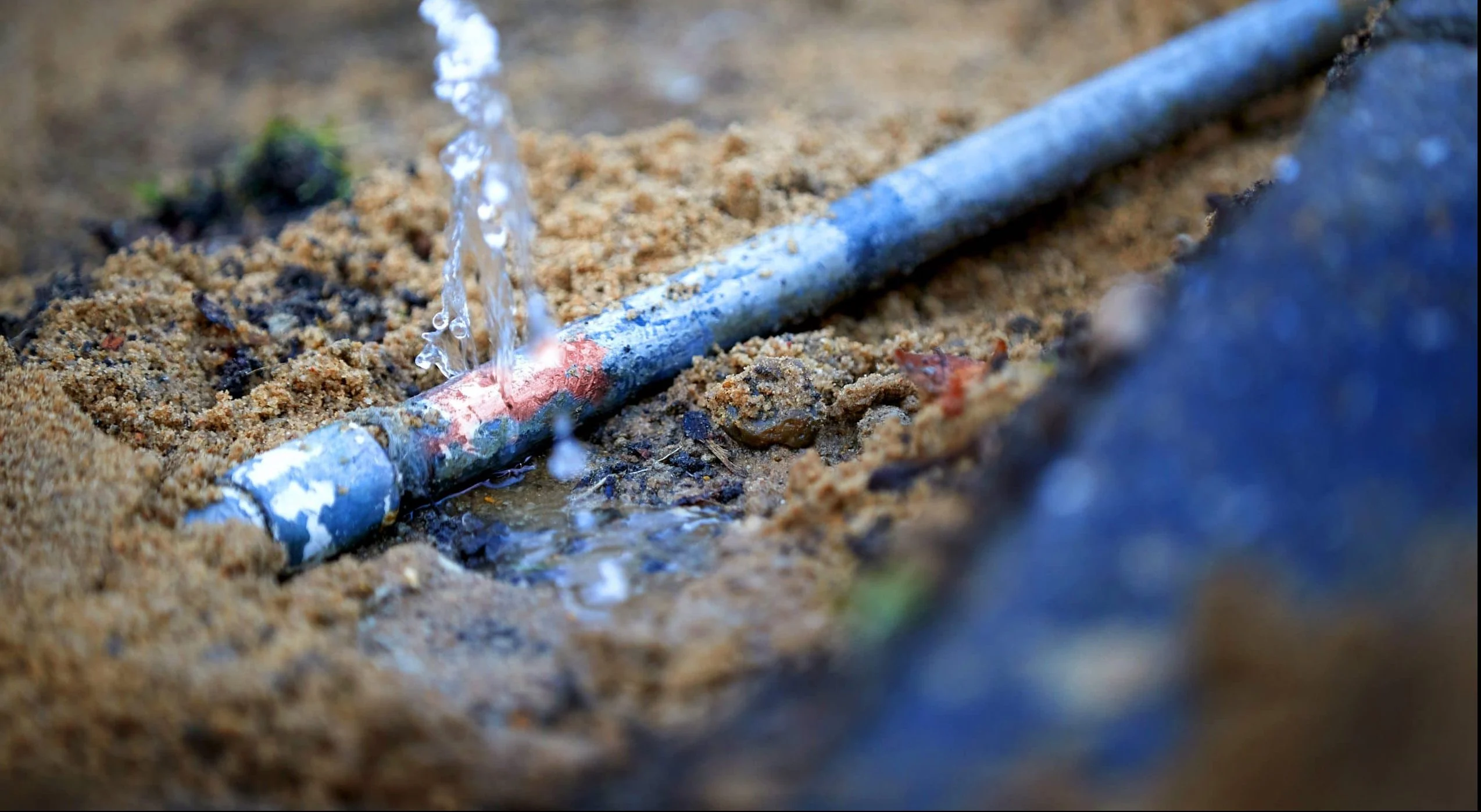
In the EU, buildings account for 40 percent of total greenhouse gas emissions. Denmark is already reducing greenhouse gas emissions in the utility sector, and therefore energy efficiency in buildings is central to achieving further reductions.
Since 2017 and for the next four years, Middelfart Municipality, in close cooperation with Schneider Electric, has been using analytical software Building Analytics at the municipality’s 80 properties. The software platform analyses the large data volume generated by the buildings’ management systems and created action reports on energy, indoor climate and maintenance in real-time.
The action report encompasses specific suggestions on how to resolve an inappropriate operating situation. This enables the operating staff to respond quickly and take decisions anchored in fact-based analysis. The expectation is an annual energy saving of 5 percent in addition to the 21 percent the municipality has already saved through renovations compared to 2008 levels. Thus, the Municipality of Middelfart achieves a total savings of at least 26 percent of energy consumption in buildings.
Solution Providers: Middelfart Municipality, Schneider Electric
In 2022, Danfoss set off to build the supermarket of the future with the aim of showing how easy and cost-effective it can be to secure reliable and sustainable energy. The Smart Store Supermarket opened on the 29th of June 2023 and is located next to Danfoss’ headquarters in Nordborg. It will hopefully pave the way for supermarket chains around the world to build climate-friendly and sustainable warehouses with technologies that already exist today.
The Smart Store Supermarket has solar panels on the roof and charging stations for electric cars. Additionally, the supermarket is filled with the latest technology within refrigeration and heating. The excess heat emitted from the refrigerators and freezers is recycled and used to heat up the supermarket instead of being wasted. The refrigeration system in the Smart Store Supermarket is running on carbon dioxide – a natural refrigerant – which also helps reduce the overall climate impact.
By using these energy-efficient solutions, the Smart Store Supermarket showcases how the greenest energy is the one we recycle or do not use. The supermarket also serves as an Application Development Center (ADC), where Danfoss will work with partners to develop new technologies and explore energy storage options.
Solution Providers: Danfoss
Danfoss builds the supermarket of the future at its headquarters in Nordborg
Photo credit: Danfoss
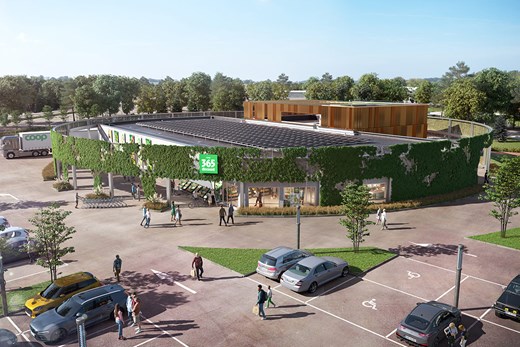
In 2017, AffaldVarme Aarhus (AVA) – now known as Kredsløb – the heating utility of Denmark’s second largest city, completed the implementation of their new smart metering solution from Kamstrup, which included 56,000 remotely hourly read heat meters. This was the first step in their efforts to optimise their district heating system, which has to supply more and more buildings and support a carbon-neutral and energy-efficient future.
The increased amount of meter data provided transparency in the distribution network and enabled a new level of troubleshooting and improvement options. As a result, Kredsløb has seen significant benefits and savings In terms of the improved operations of their meter park. In addition, the administration involved in collecting and handling meter data has been reduced, and expenses for rectifying missing or incorrect readings have been virtually eliminated.
Kredsløb is currently working on further digitalising the district heating system in Aarhus by using innovative analytics to improve customer relations, increase operational optimisation, and enable better targeting of their investments in the district heating network.
Solution Providers: Kamstrup A/S, Kredsløb
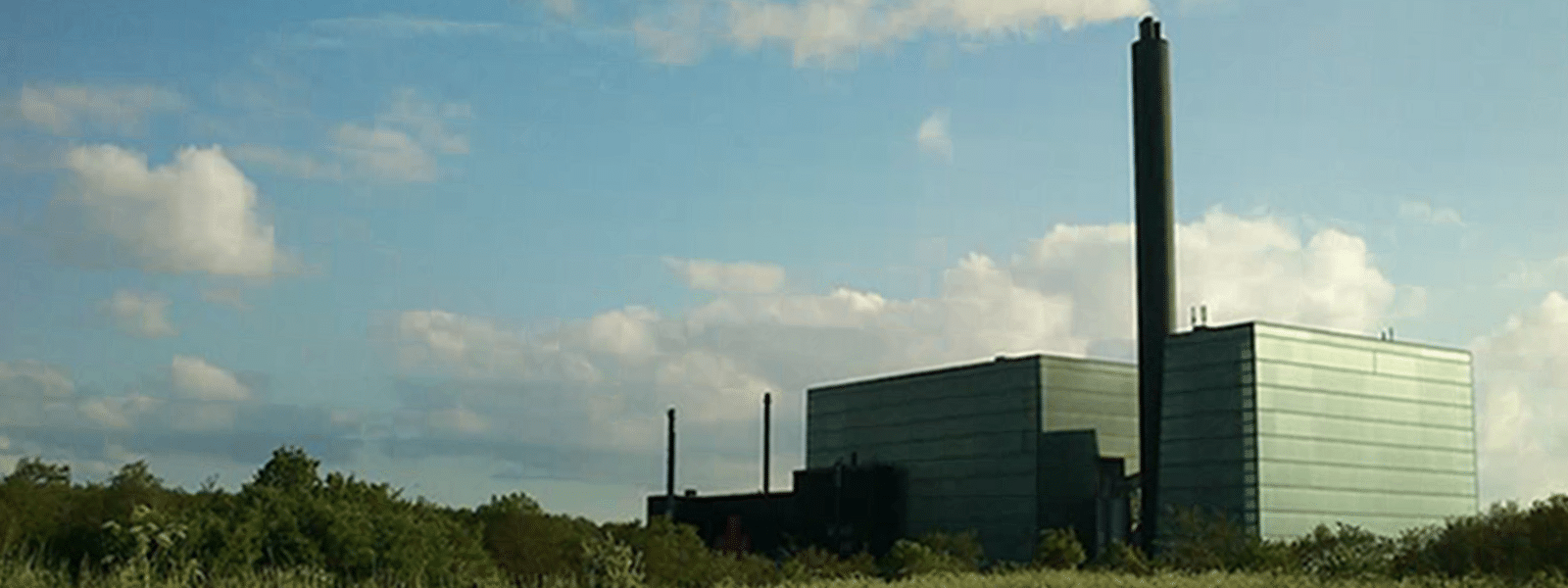
VCS Denmark (VandCenter Syd in Danish) is one of the largest water and wastewater utilities in Denmark – and a frontrunner in the water sector. Today, the company is energy positive: producing more energy than it’s consuming. To reach this milestone, seeing wastewater as a ressource has been key.
VSC Denmark’s largest facility, the Ejby Mølle plant, is a technological frontrunner in the field of treating wastewater, increasing efficiency, and producing energy.
At the plant, renewable energy is produced by turning sludge into biogas, which is then transformed into heat and electricity. Digesters and buildings are heated by waste heat from gas motors, and surplus heat production is sold to the regional district heating utility.
VSC Denmark is a part of 3VAND – a strategic collaborative partnership consisting of the leading water utilities in Denmark: HOFOR, BIOFOS, and Aarhus Vand.
Related news: N2O Monitoring puts VCS DEnmark at the Technological Forefront
Solution Provider: VCS Denmark
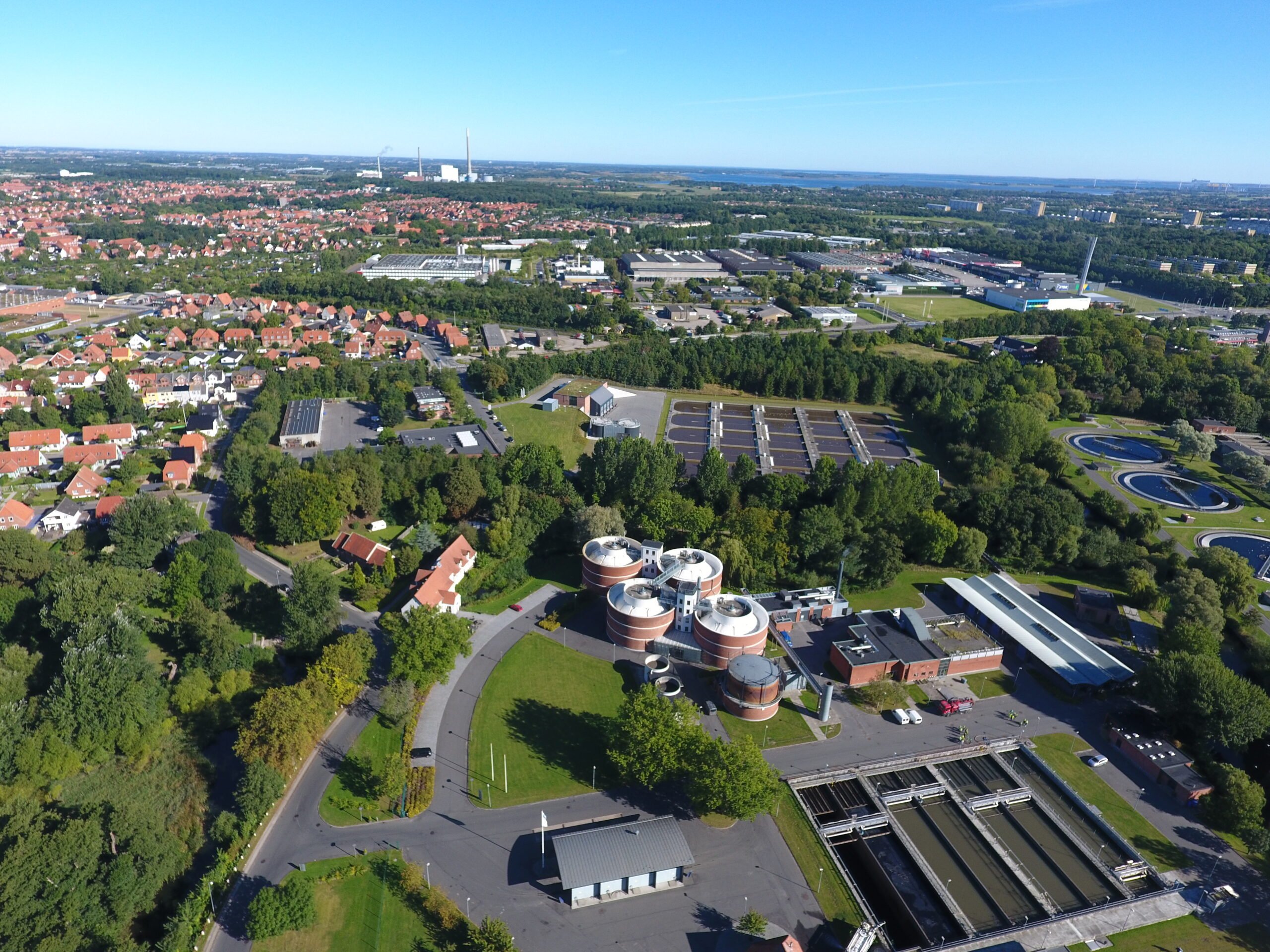
DOLL (Danish Outdoor Lighting Lab) is Europe’s largest test field, showroom and innovation hub within intelligent lighting. It showcases smart city solutions across mobility and parking, IoT communications systems, environmental monitoring, waste management and much more. Addressing the need of the emerging smart and connected cities, DOLL set out to create an innovative playground and provide transparency in new complex markets, combining research, education and innovation in public-private partnerships.
Buyers and more than 45 manufacturers of intelligent street lighting and other smart city solutions meet in neutral settings that address the entire supply chain: municipalities, suppliers, advisors/architects and utility companies. Buyers can experience state-of-the-art solutions in a natural environment. This gives decision makers better insights and knowledge to make investments in new lighting and smart city solutions. The solutions are displayed, and data is collected and analysed in the DOLL visitor center, located in the heart of the living lab.
Recently, DOLL expanded their presence within the field of smart city solutions, as they opened a National Living Lab specifically for Intelligent Traffic Systems. The national living lab will be packed with some of the newest knowledge on developments in smart mobility, sustainability, traffic management and smart infrastructure.
Solution Providers: Albertslund Municipality, Technical University of Denmark, Gate 21 and 50+ private partners
Copenhagen’s surrounding suburbs are facing challenges of increased congestion, lack of growth and livability and lack of green collective transport. As a result, it has been decided to construct a light rail system, connecting 10 municipalities around Copenhagen, which will form the foundation for LOOP CITY. The number of private investments in LOOP CITY will be around EUR 4.5 billion. Furthermore, 36.500 new jobs will be created, and it is estimated that more than 32.000 citizens will move to LOOP CITY in the coming years. The first trip with the light rail will be possible by 2025.
In order to facilitate this development, there has been a need for cooperation across administrative boundaries. For this reason, the organisation LOOP CITY was formed at the end of 2014 by ten municipal mayors and the Chairman of the Capital Region in cooperation along with the Danish Business Authority. The result of this cooperation has been a diverse range of projects aimed at realising the vision of LOOP CITY. Examples include building mobility networks in cooperation with private companies, developing a large data hub with a specific focus on how real-time data solutions can help solve traffic congestions and create mobility changes in people’s behavior, and lastly testing of autonomous minibuses for first and last mile along the coming light rail – projects all of which support intelligent urban development and improved livability.
Solution Provider: 10 municipalities, The Capital Region of Denmark, The Danish Business Authority, Gate21, Copenhagen Capacity, Rambøll, COWI, Ørsted, DDTU, RUC, TI, IBM, Nobina Technology
publications
Urban planning and development
+16
publications
Buildings
+6
publications
Buildings
+2
solutions
Combined heat and power production
+6
publications
Combined heat and power production
+9